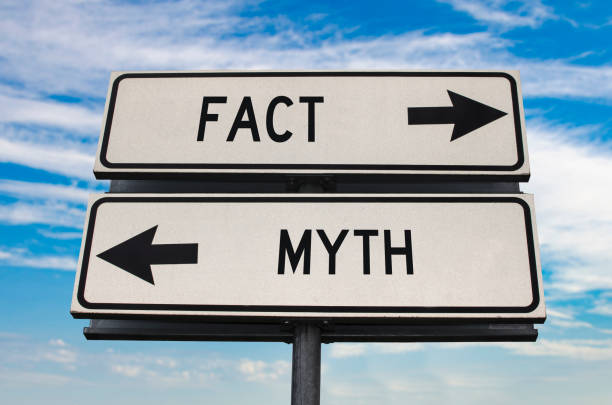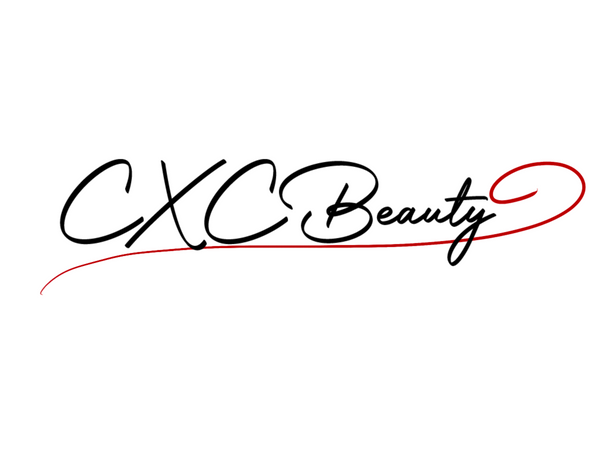In the vivid world of makeup, color is king—but not all colors are created equal, especially when it comes to the ingredients that bring them to life. Today, we're diving deep into the realm of cosmetic dyes, focusing on lake dyes, and dispelling some common myths surrounding them. Additionally, we'll explore why products using these dyes are often labeled as "pressed pigments" rather than "eyeshadows," and why their regulation varies significantly between the U.S. and Europe.
What Are Lake Dyes?
Lake dyes are a type of pigment made by bonding dyes with salts to produce insoluble compounds. These dyes are highly valued for their ability to create neon and super vibrant colors which are difficult to achieve with other pigments. Due to their intense color payoff and unique properties, products containing lake dyes are often labeled as "pressed pigments" rather than traditional eyeshadows. This labeling distinction mainly stems from regulatory classifications and product formulation specifics. Pressed pigments typically contain a higher concentration of these vibrant dyes, providing bold and striking hues that are favored in certain makeup looks.
Pressed Pigments vs. Eyeshadows: What's the Difference?
The term "pressed pigment" is used to describe products that contain a high concentration of lake dyes and other pigments that offer intense coloration. In contrast, "eyeshadow" typically refers to products that have a balance of hues designed for safe, everyday eye application. The distinction often lies in the regulatory definitions and the intended use of the product.

Regulatory Differences: U.S. vs. Europe
In the United States, lake dyes are not approved by the FDA for use in the eye area primarily because they can cause temporary staining of the skin. However, this classification is not indicative of their safety or toxicity. The concern over temporary staining has led to their limited use in products intended specifically for eye makeup within the U.S. market.
Contrastingly, in Europe, where cosmetic regulations are generally stricter, lake dyes are accepted and widely used in eye products. European regulations assess the safety of these dyes under more rigorous testing protocols, allowing their use based on a comprehensive evaluation of their safety profile.
The Myths and Realities of Lake Dyes

Myth: Lake Dyes Are Unsafe for the Eyes
Reality: Lake dyes are capable of causing temporary staining of the skin, which is the primary reason they are not FDA-approved as "eye-safe" in the U.S. However, this does not mean they are harmful. The staining is purely cosmetic and temporary.
Myth: Lake Dyes Are Less Regulated and Therefore Riskier
Reality: In Europe, where cosmetic regulations are notoriously stringent, lake dyes are approved and widely used in eye products. This acceptance underlines their safety and efficacy, provided they are used as directed.
Why Lake Dyes Are Not Considered Eye Safe in the U.S.
The FDA's classification of lake dyes as not eye-safe is primarily due to the potential for temporary staining rather than any toxicological concerns. This regulatory stance contrasts with European standards, which assess the overall safety of the pigments through rigorous testing and allow their use in eye products.
The Unique Appeal of Lake Dyes
Lake dyes are indispensable for creating certain vibrant and neon shades in cosmetics. These dyes provide a depth and intensity of color that is unparalleled, making them a favorite among makeup brands looking to offer bold, eye-catching products.
Legal and Regulatory Context
Recent litigation, such as PFAS (per- and polyfluoroalkyl substances) cases in cosmetics, highlights ongoing concerns and legal scrutiny over ingredients used in cosmetic products. These cases often focus on the alleged misrepresentations about the safety of products containing certain chemicals and the failure to adequately inform consumers about their presence. While not directly related to lake dyes, these cases reflect the broader legal landscape in which ingredient safety and consumer transparency are hot-button issues.
For a deeper understanding of current regulations and cases involving cosmetic dyes and ingredients, professionals and consumers can refer to resources like the FDA's guidelines and the European Commission’s database on cosmetic substances (CosIng).
By providing a clearer picture of lake dyes and their regulatory environment, we aim to dispel myths and enable informed decisions about the products consumers choose to use. The vibrant colors made possible by lake dyes can be safely enjoyed, provided they are used in accordance with the regulatory standards applicable in each market.
For those looking to explore further, official resources and legal databases offer comprehensive insights into the current regulatory frameworks and any ongoing legal proceedings involving cosmetic ingredients.
- [FDA Color Additive Status List](https://www.fda.gov/industry/color-additives/color-additive-inventories)
- [European Commission CosIng Database](https://ec.europa.eu/growth/tools-databases/cosing/index.cfm?fuseaction=search.simple)
Conclusion
Lake dyes play a crucial role in cosmetic formulation, particularly in creating shades that captivate and enhance the user's appearance. While the regulatory views on lake dyes may differ across regions, understanding these nuances can help consumers make informed decisions about the products they choose to use. As we continue to navigate the evolving landscape of cosmetic ingredients, staying informed and critical of myths versus facts remains paramount.
Stay bold and informed,
Anthony Coll
Chemist CXC Beauty



1 comment
It’s cool learning about the regulations from US to Europe just like food regulations. I wonder what other countries outside the US and Europe have their own regulations or which follow along with US and which follow with Europe!